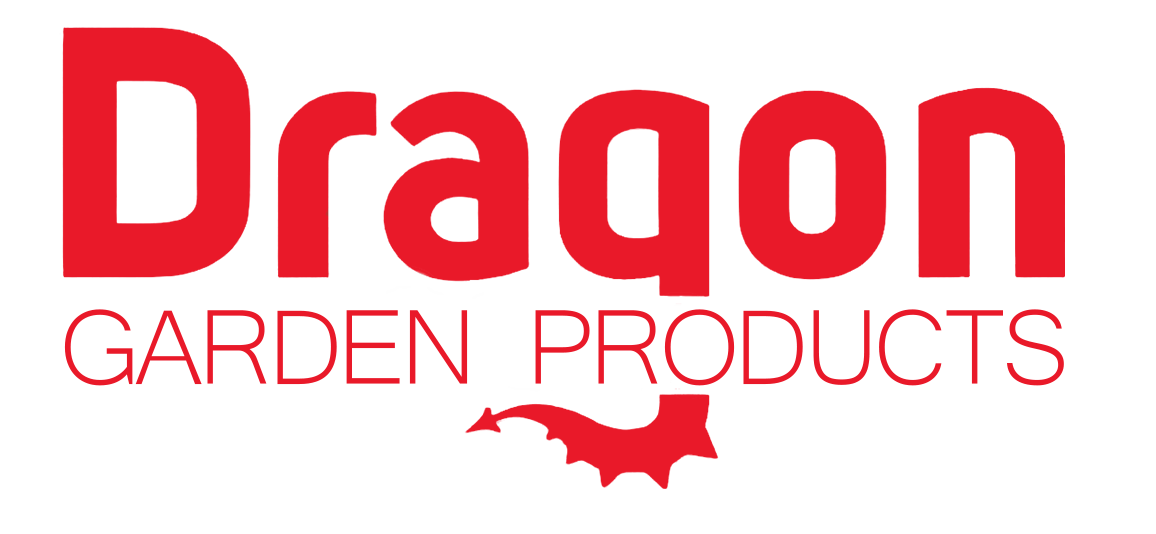Design for rotomoulding manufacturing – why it always comes back to a simple sphere
Les Loosemore, New Projects Manager for Corilla Plastics has been involved in the Rotational Moulding industry for many years, during which time Les has been involved in hundreds of projects. We asked Les to explain how a project goes from the drawing board to the factory floor and what designers need to be aware of when it comes to rotational moulding.
“The important principles of the rotomoulding process is basically very simple – it involves three main elements: time, temperature and rotation.
“The time is relative to how long the mould is in the oven, processing the raw material (in a powder form). The temperature is the heat at which the mould needs to reach to enable the raw material be processed. The rotation is to create the tumbling effect, under gravity, for the raw material movement within the mould.
“The only influence on the processing and manufacture of the product are these three elements – time, temperature and rotation – which means that the raw material slowly builds up, against the inside surface of the mould, as it is subjected to the heat source for the prescribed time. The pre-determined temperature of the heat source, transferred to the mould, attracts the particles of the raw material to build up in thickness against the mould.
“So, in terms of design, the simplest shape for rotational moulding is a sphere because the material tumbles freely, evenly and consistently due to gravity. But a sphere will only satisfy a very small percentage of customers. We therefore need more complex shapes, so we then start the process of making the shape to the customer’s specific requirements.
“It is relatively easy to go from a sphere to something more complex like a cube or rectangle, always, where possible, to consider generous radii on all changes of section or profile. But even those shapes won’t satisfy many customer requirements, so we need to continually move away from the simplicity of the shape to more complex shapes incorporating structure, form and detail into the part.
“For example, a customer may require not a straight forward rectangle, but an ‘L’ shape. The shape might also require recesses or undercut conditions, which could mean loose or retracting pieces built into the mould, therefore adding complexity and cost. Whatever the ultimate shape is, step by step, the design moves closer to it – but always remembering the consideration to the three fundamentals of time, temperature and rotation.
“Where it isn’t easy for the material to flow under its own gravity (i.e. it doesn’t know where to go so takes the path of least resistance) we then must encourage the material movement by using venturis/air-movers to introduce hot air into the mould, or even by insulating parts of the mould.
“All of this takes place at the same time as we are considering the wider picture of Value Added/Value Engineering – i.e. can we add extra value to the product by suggesting modifications or, by incorporating an engineering adaptation, can we lower the cost to make it more competitive?
“For instance, can we save money on raw materials by introducing a design feature that will add strength as opposed to increasing the overall thickness? In that instance, there might be an additional cost for the mould, but over time that can be recouped by using less material.
“By doing this, the adjustment to the original thickness and weight specification of the material is compensated by features that offer the same or enhanced strength by design, not material wall thickness.
“At Corilla, we look at every project on its individual merits and our experience will quickly tell us what can be achieved and where savings can be made. This is exactly where value added/value engineering comes in, which, if introduced at an early stage, can help develop the best possible solution at the most economic cost.
“If all preliminaries have now been agreed and we receive an order with instructions to proceed, it then becomes a relatively straightforward process because the product has already been designed in CAD, and the same CAD drawings will be used when manufacturing the tool. From the data, we already hold, the tool can be manufactured regardless of it being an aluminium casting or an aluminium CNC machining.
“By following a structured course of understanding the manufacturing process and always referring to the simple principles of time, temperature and rotation – and getting each product design as close as possible to how that applies to a sphere – we know that a product can be produced effectively using rotomoulding and that it will always be fit for purpose.”
